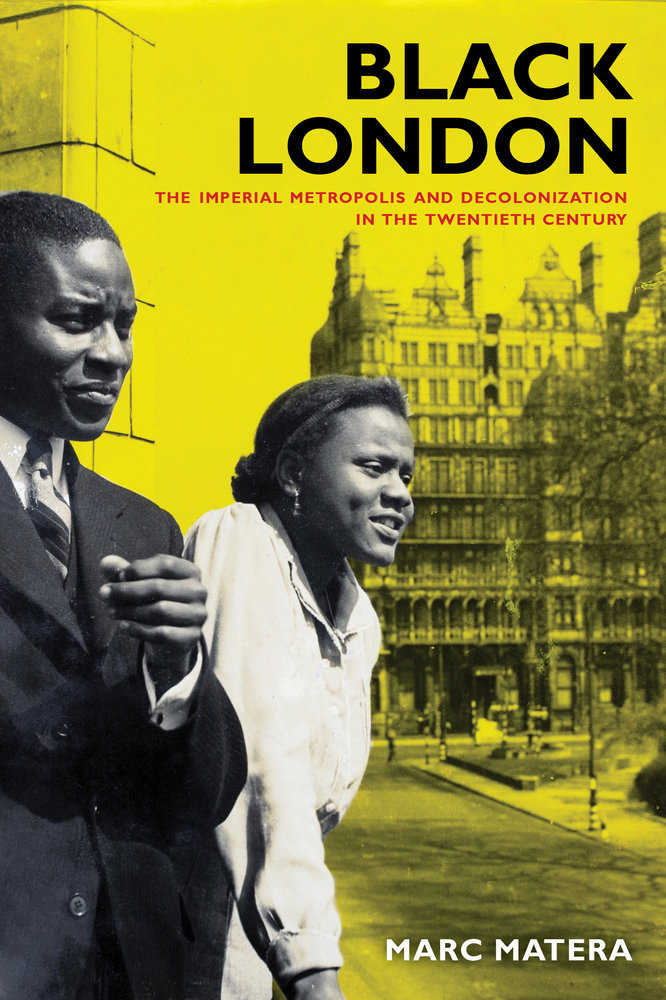Skinship: Dialectical Passing Plots in Hannah Crafts’ The Bondwoman’s Narrative
American Literary Realism
Volume 46, Number 2, Winter 2014
pages 116-136
Martha J. Cutter, Professor of English and Africana Studies
University of Connecticut
Racial definitions were in crisis within the U.S. during the mid-nineteenth century, with the country moving closer and closer to a Civil War in which the legal basis for enslavement and other forms of discrimination might be abolished. Therefore, historians and legal scholars such as Daniel Sharfstein and Joel Williamson have argued that the time period of 1830-1860, rather than that of the early twentieth-century, should be regarded as the era of the rise of the “one-drop” rule; laws regarding racial purity were passed amid the emergence of the plantation economy in the 1830s to provide a reliable source of labor and prevent what Sharfstein has termed “racial migration.” As Sharfstein has argued, “The one-drop rule’s transformation from ideological current to legal bright line and presumed social reality is in essence a story of freedom. [During] the thirty years preceding the Civil War . . . [t]he prospect of freedom for people of African descent hastened the one-drop rule’s rise as whites attempted to preserve social hierarchies and property relations in the absence of slavery.” Legal and scientific discourse from these decades further attempted to stabilize ideas of racial purity, even in the face of evidence that racial migration was an on-going fact of the U.S’s very existence.
How did racial passing texts from this time period respond to this attempt to stabilize the meaning of blackness and whiteness? Some texts endorse the attempt to stabilize race by portraying passing characters whose migration from blackness to whiteness or vice versa is figured as an invalidation of a “true” or “authentic” racial identity. For example, in Mary Langdon’s abolitionist passing novel Ida May (1854), a white child is stained brown and sold into slavery; but no one ever actually believes that the eponymous [End Page 116] heroine is anything but white, so the passing plot in fact supports racial difference and the idea that there is a “true” white race that somehow can be separated physically from the black race.
Other racial passing texts from this time period are more multivalent, in that they invoke the idea that race is physical (a matter of “one drop” of blood), only to transgress this idea through the manipulation of racialized identities based in performance, legal structures, and circumstances. Frank Webb’s The Garies and Their Friends (1857) at times invokes blood-based ideologies of race; Emily Garie’s hair, for example, is described as being “a little more wavy than is customary in persons of entire white blood” (emphasis added). Yet the novel often undercuts this rhetoric of racial blood through scenes in which race is shown to be more performative than biological. William Wells Brown’s Clotel (1853) similarly at times invokes what Adéléke Adéèkó has called “hemocentric imageries.” Brown implies at one point, for example, that “The infusion of Anglo-Saxon with African blood has created an insurrectionary feeling among the slaves of America hitherto unknown” (emphasis added). The text as a whole, however, shows race to be based in performance, legal discourse, and power relations, rather than in anything biological. For example, Clotel’s “black” daughter Althesa is said to be “as white as most white women in a southern clime.” The “somatic indecipherability” of the “white negro,” as Guilia Fabi phrases it, here emphasize that race is a sociohistorical construct, rather than a matter of blood or physical essence.
The passing plots of Hannah Crafts’ recently rediscovered novel The Bond-woman’s Narrative, written sometime after 1853, enter squarely within these complex questions by at times endorsing the idea that there is something physical to race (a drop of blood, a curl of hair, a tint in the eye) even as the narrative as a whole proffers a more flexible theorization of racial identity based not in racial blood, but in kinship, or rather what I call skinship. In the overt plot of The Bondwoman’s Narrative, as in The Garies and Their Friends and Clotel, blackness is…
Read or purchase the article here.
